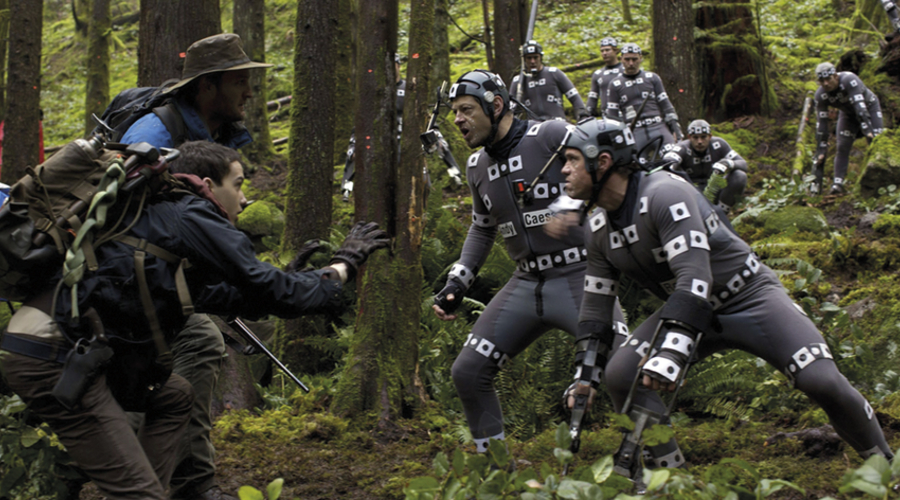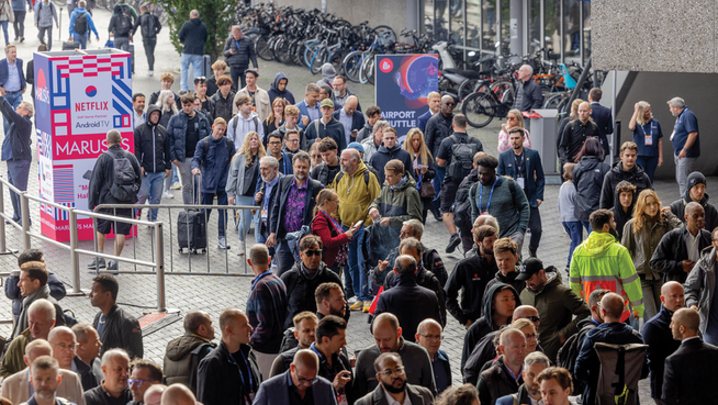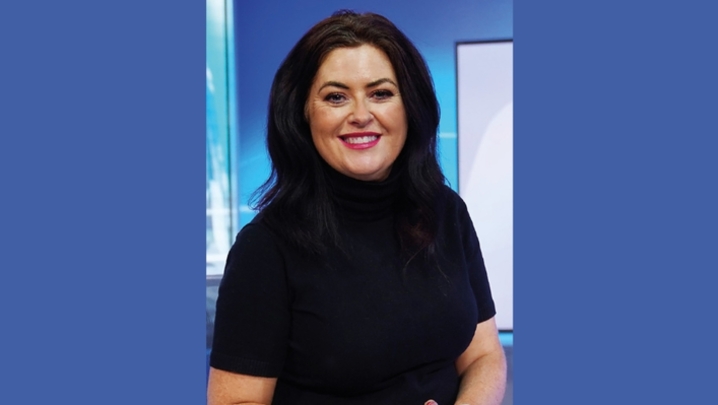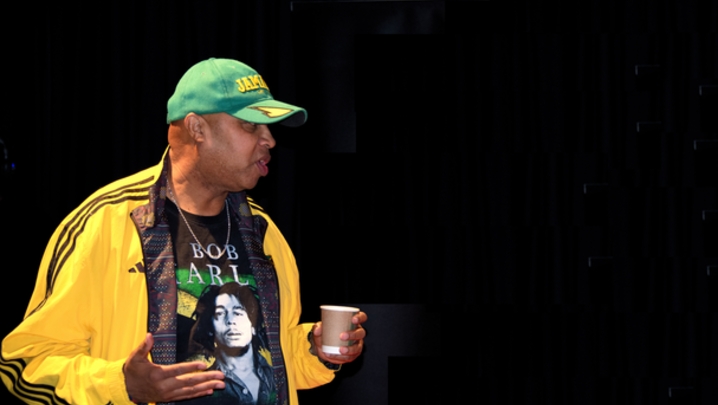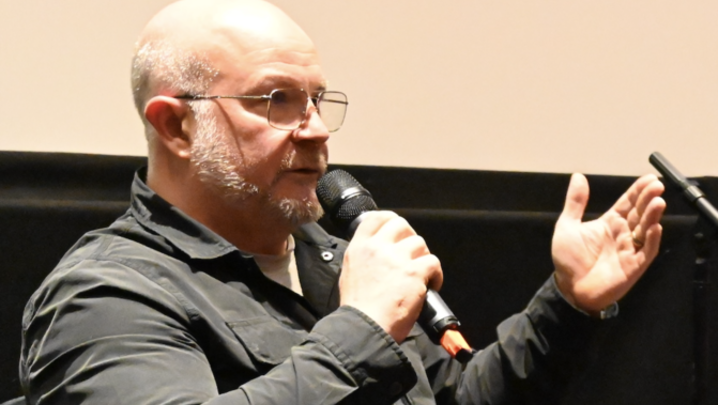Tim Dams rounds up the talking points from this year’s tech fest
Ask attendees of this year’s IBC about what caught their eye at the giant Amsterdam tech fest, and only a few will cite new product launches.
Instead, they’ll talk about the technology trends that were evident at the trade show, and about how they left the event with a far better understanding of the future direction of travel in the complex and ever-evolving world of broadcast technology.
At first, IBC feels a little overwhelming. This year, there were more than 56,000 attendees, as well as 1,700 exhibitors spread over 15 halls, each themed by technology. Then, there is its growing conference section, which had actor, director, producer and motion-capture specialist Andy Serkis delivering a stand-out keynote. Other speakers included Cécile Frot-Coutaz (YouTube), Shalini Govil-Pai (Android TV), Jane Turton (All3Media) and Max Amordeluso (Amazon Alexa).
New features this year included a day-long e-sports showcase, culminating in a packed-out e-sports demo played by two professional teams.
Out of all this, over the five-day event, a consensus gradually emerges on the most interesting and future-orientated trends. This year, the big talking points included: the rise of production for the 8K Ultra-HDTV standard; the growing impact on broadcasting of remote production and the 5G telecoms networks; and the efforts to improve diversity in broadcast tech.
The 8K standard (16 times the resolution of HDTV) was being mooted at IBC as a genuine option for acquisition and broadcast, even though many viewers are not even watching 4K on their TV sets. To date, demand for 8K has largely been driven by the Japanese market, where broadcaster NHK started airing 8K content regularly at the beginning of the year. NHK also plans to showcase 8K during the Tokyo 2020 Olympics.
At IBC, BT Sport showed the potential of the technology by demonstrating one of the world’s first live 8K sports broadcasts, of the Gallagher Premiership Rugby 7s tournament. The sports market is an early adopter of new technology, having used 4K to drive subscriptions and retention, so BT’s decision to demonstrate 8K was significant.
BT Sport director of mobile strategy Matt Stagg says there was standing room only at BT’s stand for the live broadcast: “The purpose of the demo was to learn about 8K productions and push the technology envelope, the same as was done for 4K.” He adds that 8K is not ready to be launched in the near term but, “once the full ecosystem is available to scale, then we will see if we could work with it.”
The fact that 8K broadcasts, with pin-sharp, super-high-definition images, can be sent direct to consumers over high-speed 5G networks is one of the reasons that the technology is moving from the realm of impractical to distinct possibility. At this year’s French Tennis Open, for example, France Télévisions organised a demo of 8K content being distributed over a 5G experimental network from Orange.
As 5G promises data speeds as much as 100 times faster than 4G, it was itself a major focus at IBC. BT Sport and EE demonstrated how mobile providers will be able to offer guaranteed bandwidth over 5G in a stadium, which can often get flooded with data traffic when the public arrives.
It means directors will be able to use untethered 5G “connected” cameras for event coverage, opening up a host of creative possibilities, says Tom Copeland, head of broadcast technology at sports producer Sunset+Vine. “It introduces the possibility of moving cameras to multiple positions, such as following the team buses or walking with fans from the stadium to the station, before taking up their match position, without the need for multiple cable drops.”
Copeland also flags the growth of remote production in the outside broadcast (OB) market as a key focus at IBC: “I think this year was the first that remote production felt like it was the norm.”
"The big talking points included: the rise of production for the 8K Ultra-HDTV standard; the growing impact on broadcasting of remote production and the 5G telecoms networks; and the efforts to improve diversity in broadcast tech"
OB firm NEP, for example, was showcasing its latest innovation, the iOB (intelligent outside broadcast) unit, a mobile production control room that can be placed at almost any event where there is IP connectivity. The iOB can then link to one of NEP’s production centres. This means that less kit and people have to be sent to cover an occasion. “Hopefully, they’ll offer these savings to their customers while also reducing the stress on their equipment by having it travel less,” says Copeland.
In the camera field, the big news at IBC was the launch of Sony’s FX9 camera. Outside high-end drama, Sony’s FS7 is still the dominant camera model in docs, factual and entertainment. The new FX9 has roughly the same basic “run and gun” style body as the FS7, but with some significant improvements – notably a full-frame 6K sensor and a better autofocus system.
“The Sony FX9 was probably the most talked-about product at IBC, and got quite a lot of people very excited,” says Matt Marner, director of broadcast hire firm Video Europe, which bought 20 of the cameras at the show.
Marner says that Video Europe owns a substantial number of FS7s, but never seemed to have enough to meet demand. “The FX9 is an evolution of that camera, and then does more on top. In 2020, people will be wanting to use the FX9.”
Meanwhile, Canon was demonstrating its new 5.9K full-frame C500 Mark II, announced a few days before the start of IBC. Barry Bassett, Managing Director of broadcast hire firm VMI, describes it as “a truly stunning camera” that he thinks will challenge the Alexa Mini’s position as a mainstay of high-end drama productions and commercials. “It’s equivalent to the Alex Mini, only better, but for less than half the money.”
Bassett also picks out the launch at IBC of new classic cinema lenses from Sigma, the Full-Frame Classic Art Prime Line. They are designed to recreate the aesthetic of film cameras from the 1950s to 1970s, responding to demand from directors of photography for lenses that lend “character” to the clean images captured by digital cameras.
Other tech that caught the eye included a lens scanner from Silicon Valley start-up Tracis, which checks for lens damage and provides a detailed report in under a minute. It promises to make it quick and easy for rental houses to certify the condition of a lens before and after rental, and should help resolve disputes with production companies if something does go wrong with a lens. “I thought it was a revolutionary, innovative product – probably the highlight of the show,” says Marner.
In terms of new developments, David Klafkowski, CEO of leading post house The Farm Group, says “a standout moment” was a presentation by Eluv.io, whose new Content Fabric technology bills itself as a high-performance software network for improving the distribution of video to consumers.
“I won’t pretend to completely understand the maths behind their solution but, unless I’m mistaken, it’s a real game changer,” says Klafkowski. “[Chief Executive] Michelle Munson is simply one of the cleverest people I’ve ever heard speak at IBC.”
Klafkowski also makes a broader point about this year’s IBC. There was a real emphasis by the organisers on improving diversity and sustainability in the industry.
“It’s timely, as it only requires half an hour on the exhibition floor to see it’s very white and very male,” he says. He cites plenty of sessions in IBC’s conference section tackling ways to improve gender, ethnic and LBGT+ diversity within the industry.
“More of this, please,” says Klafkowski.

